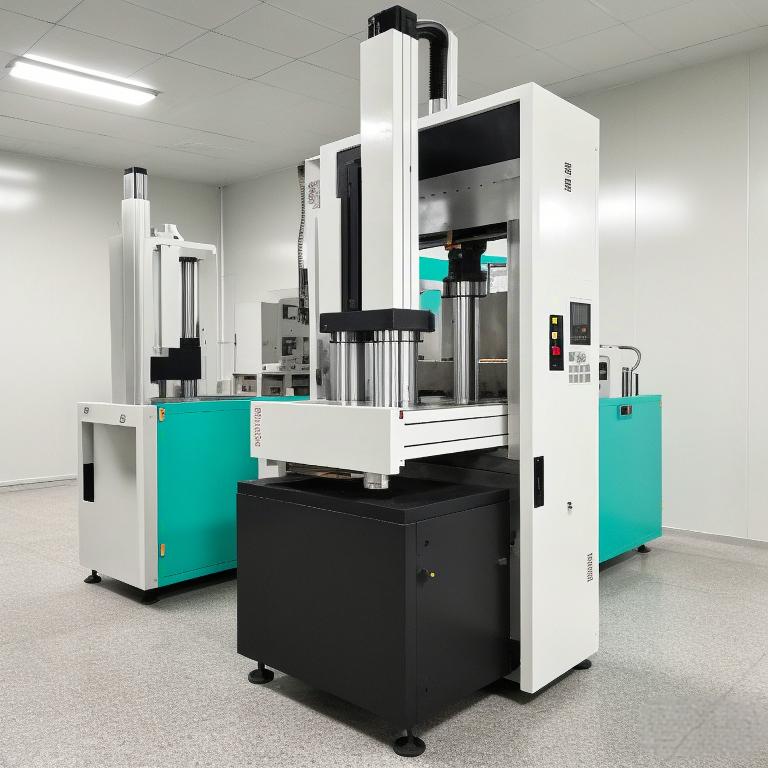目录
作为硅胶产品的领先制造商,我们专门生产创新型环保硅胶产品,以满足各种需求。我们的工厂致力于生产高品质的硅胶水瓶、午餐盒和婴儿喂养套装。让我们深入了解硅胶原材料的基本知识,发现硅胶制品的独特之处。
有机硅原材料的种类
1.按业绩
普通硅酮(又称沉淀硅酮):
- 颜色:半透明、乳白色、淡黄色、灰色等。
- 硬度30°、40°、50°、60°、70°、80°(通常在 40°和 70°之间使用)。
- 密度:1.1-1.12 克/立方厘米。
- 伸长率:400%。
- 使用方法常用于水瓶、饭盒、冰盘和其他食品级硅胶产品。
气象硅胶(又称纯硅胶):
- 颜色:透明。
- 硬度30°、40°、50°、60°、70°、80°(通常在 40°和 60°之间使用)。
- 密度:1.1-1.12 克/立方厘米。
- 伸长率:600%-700%。
- 特点以透明度高、抗拉强度大著称,但价格较高。
- 用途: 适用于要求高弹性的高端产品,如硅胶管和保护套:适用于要求高弹性的高端产品,如硅胶管和保护套。
2.物理特性
- 固体硅胶:主要用于模制产品,如硅胶套、器皿和纽扣。
- 液体硅胶:用于挤压产品,如硅胶奶嘴和硅胶管。
液体硅胶品种
![]()
![]()
- 制模硅胶:用于制作模具,在生产效率和成本方面比钢制模具更具优势。
- 转印硅胶:用于在塑料玩具、电镀产品、电子玩具和徽标上进行转印。
- 电子封装硅胶:用于封装电子设备,提供密封、防水、防尘、导热、减震和绝缘功能。
- 原型硅胶:用于制作原型,以其耐磨性和高弹性著称。
- 硅酮密封胶(硅酮填缝剂):一种液态硅酮,接触空气中的水分后会固化,形成一种耐用的固体,常用于密封玻璃和其他表面的缝隙。
- 服装标签硅胶:用于制作服装标签,以触感和耐用性著称。
- 高温硅胶:可承受 400°C 至 1300°C 的高温,适用于航空航天和热压印应用。
- 人体硅胶:用于假肢和医疗应用,因其安全性和与人体皮肤的兼容性而闻名。
硅胶物品的常见问题
- 回收:有缺陷的硅胶产品一旦成型就不能回收。
- 印刷去除:新打印的硅胶物品可以在固化前去除印花,但固化后的印花需要用砂纸或电动打磨去除。
- 生产流程:从样品制作到最终组装,生产过程涉及多个步骤,包括材料准备、混合、成型、硫化、印刷、涂层、修边和包装。
- 表面处理:喷涂、激光雕刻和喷漆等技术可提升硅胶产品的外观和功能。
- 气味硅胶产品在生产过程中可能会暂时散发出异味,几天后就会消散。
- 尺寸精度:成型过程中压力过高或过低都会影响硅胶制品的尺寸和厚度。
- 印刷附着力:污染、固化不充分或油墨有缺陷都可能导致印刷字符附着力差。
硅胶物品的优点
- 环保:硅胶在其整个生命周期内都是无毒环保的。
- 耐用:以坚固和使用寿命长著称。
- 舒适:触感柔软舒适
- 经济实惠,用途广泛:经济实惠,适用范围广。
我们的工厂致力于生产高质量的 硅胶制品 以满足客户的需求。凭借我们在有机硅原材料方面的专业知识和追求卓越的承诺,我们确保每件产品不仅具有功能性,而且具有安全性和可持续性。
JEWELIVES 致力于生产满足客户需求的高品质硅胶产品。凭借我们在硅胶原材料方面的专业知识和精益求精的承诺,我们确保每件产品不仅实用,而且安全、可持续。




